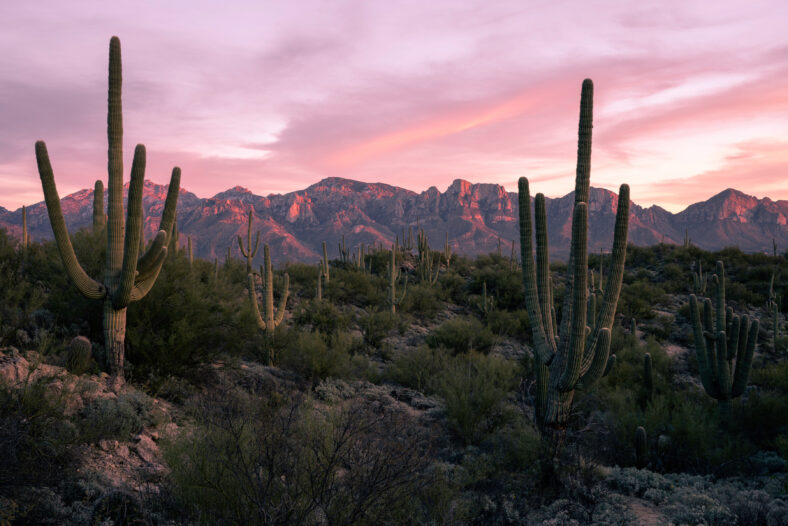5 Facts For You About Cacti, The Ultimate Survivors Of The Plant World

There Aren’t Many Plants As Resilient As Cacti

They are the ultimate survivors of the plant world, thriving in the scorching heat of the driest deserts. They are also iconic decorative features in our homes and offices.
They Don’t Need Much Water To Survive

Their ability to flourish in both of these environments is due to the fact that they can survive with little water. These prickly plants can even store water on their own, which keeps them going as the brutal desert sun beats down on them or during long periods of neglect from busy plant parents.
Here Are 5 Facts For You About Cacti

Cacti’s ruggedness is their most well-known characteristic. But I’m sure there are plenty of other facts about the spiky succulents that may come as a surprise to most people.
Cacti Are Not Loners

Generally, cacti are portrayed as a lone plant in the midst of a seemingly empty, vast desert. However, they are actually deeply connected with their ecosystem.
Pollinators like birds, bees, moths, and bats visit cacti, which depend on the species for reproduction. All kinds of desert animals come to cacti for their flowers, fruit, and water-filled tissues.
Some woodpeckers will drill holes into cacti stems to make their nests. Even in death, cacti still provide shelter for insects and arachnids.
Cacti Can Live In The Tropics And The Cold

Cacti are known as the classic desert plant. Most of them do live in arid and semi-arid environments, but a few species are found in tropical rainforests. There, they grow on tree branches instead of in soil.
Others are found high up in the Andes, where temperatures often fall below freezing. Sometimes, they will form cushion-like structures.
Almost All Cacti Are Restricted To The Americas

All species of cacti are native to the Americas, except for one. The mistletoe cactus, Rhipsalis baccifera, lives in the African tropics, Madagascar, and Sri Lanka, where it grows drooping from other plants.
It is unclear how the mistletoe cactus arrived in these faraway lands. One theory is that birds carried the seeds in their guts, but scientists don’t know which bird could’ve done this. Birds that eat fruit don’t usually fly over oceans without excreting waste along the way.
Another theory suggests that the mistletoe cactus dates back to when the supercontinent Gondwana existed. But the timeline is off because cacti were thought to have evolved about 100 million years after Gondwana split.
It is possible that 16th-century sailors transported them, but that also doesn’t make sense since they would need space for practical cargo.
Cacti Can Quickly Form New Species

Among all plants, cacti have some of the fastest rates of speciation, which is the formation of new species. One genus has over 100 species.
The fastest speciation rates occur in moderate climates that are not too harsh but also not too mild. These places may fluctuate about 10 degrees in temperature daily.
Cacti Shaped Ancient Cultures

Some cacti produce mescaline, a powerful psychedelic compound that causes hallucinations and altered states of consciousness when ingested. Andean cultures have consumed the San Pedro cactus for healing purposes for thousands of years.
Researchers even detected traces of mescaline in the mummified body of a child, who was possibly used as a spiritual sacrifice between 450 and 100 B.C.
Various Native American cultures have also consumed the spineless peyote for religious purposes for millennia. Today, mescaline may hold therapeutic promise, improving the mental states of those with anxiety, depression, PTSD, or drug use disorder.
More About:Gardening





